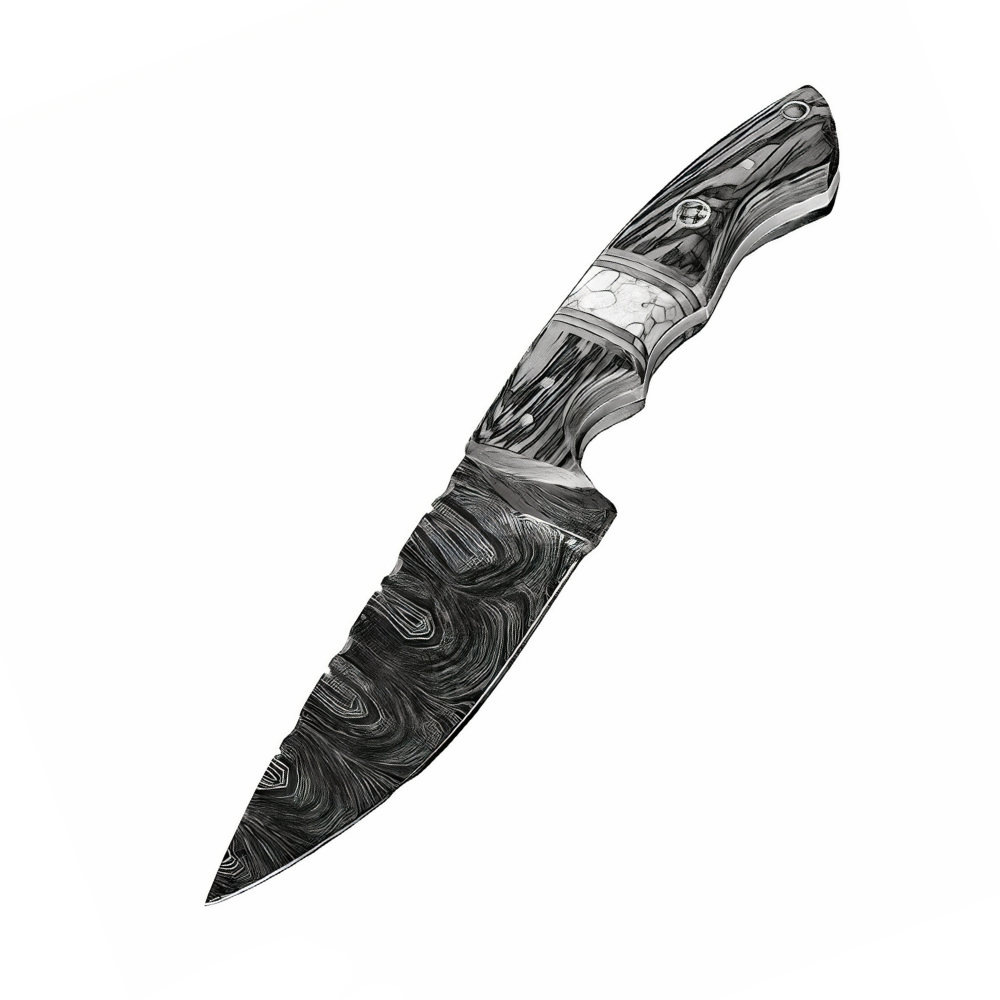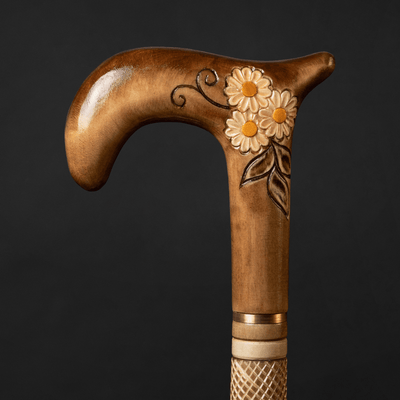You have no items in your shopping cart.
Recent Posts
-
The Art of Christmas Design: Walking Canes That Celebrate the Season in Style
-
How an Ergonomic Walking Cane Handle Prevents Hand and Wrist Strain?
-
How to Walk With a Cane Correctly to Avoid Back or Shoulder Strain?
-
5 Common Mistakes People Make When Buying a Walking Cane (and How to Avoid Them)
-
How to Choose a Walking Cane That Reflects Your Personality (Not Just Your Needs)?
-
Walking Canes That Match Formalwear for Weddings and Events
MOST POPULAR NOW
13
Oct
How to use walking cane if you got a limp? In this blog we will answer this question and will give you key points for using a walking stick.
How to use walking cane if you got a limp?
If you have symptoms felt around your hip and pelvis, it may lead to changes in the way you move. For many, this involves the development of a “limp”, often in response to pain, or due to stiffness or restricted movement. The result of a limp is that you place altered forces on the affected area as well as on other parts of the body, including on joints and muscles. And forces may change arouond your back, other hip or knees.

In order to minimise pain and avoid unintended negative effects of a “limp” you need to know how to use a walking stick. Using a walking stick temporarily allows you to move with more “natural” patterns, placing less unusual stress and strain on the body. And as symptoms improve with the use of the walking stick, you are able to do more and walk further.
And in this blog we want to share with you how to use a walking cane correctly.
How to use a walking cane correctly?
1. Your walking stick always goes in the hand on the opposite side to the painful hip (this is something so many people get wrong).
2. Standing with your arm by your side, the top of the handle of the walking stick should come to the same level as the crease of your wrist.
3. Ensure you measure the stick height with your normal shoes on (because shoe height can make quite a difference).
4. Check the rubber stopper at the bottom of the stick is new, with clear round anti-slip rings easily viewed
5. You can purchase an aid with a shaped handle for people who struggle with wrist or hand issues, for example rheumatoid arthritis. It is important that you don’t cause an injury in the arm you are using the stick in.
6. When you walk the opposite arm swings forward to put the stick down as the affected leg swings forward to hit the ground, that is, opposite arm and leg swing forward and back together.
Knowing how to use a walking stick can be beneficial in so many ways. Make sure you discuss this option with your doctor.
Also Purchased
-
Beige Walking Cane for Ladies Chamomile Flower, Wooden Walking Stick
Introducing our beautiful Beige Walking Cane for Ladies with Chamomile Flower, a Wooden Walking Stick that is hand carved and handmade, making it both pretty and unique. This walking cane...$79.50 -
Exotic Burl Wood Walking Cane – Fashionable Artisan Stick
A sculptural statement in deep, oceanic blue — this walking cane is more than a support accessory, it's wearable art. Meticulously hand-shaped from stabilized burl wood, the handle evokes the...$425.00 -
ArtWalkingSticks™ MAGIC Walking Cane, Handmade - Make to Order
This piece of art is created for those who value details. We make one of a kind, handcrafted wood and resin canes. Our Wooden Canes are completely unmatched in creativity....$430.00 -
Umbrella with Eagle Handle, Fashion Umbrella For Men
Make a bold and fashionable statement with our Umbrella with Eagle Handle - a unique and functional accessory designed for men. The striking eagle handle is the highlight of this...$325.00 -
Fashionable Lion Shoehorn Long Handle, Pearly Brown Shaft, Handmade
Introducing our Fashionable Lion Shoehorn, a handcrafted, long-handled shoe horn with a pearly brown shaft that's both stylish and practical. The intricate Lion design adds a touch of elegance to...$240.00 -
ArtWalkingSticks™ MAGIC Red Walking Cane - Unisex, Handmade
This piece of art is created for those who value details. We make one of a kind, handcrafted wood and resin canes. Our Wooden Canes are completely unmatched in creativity....$425.00
































